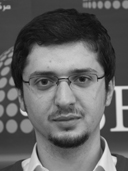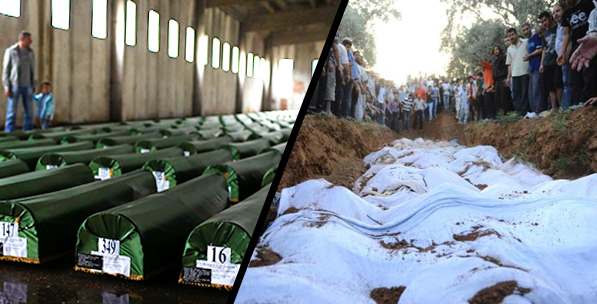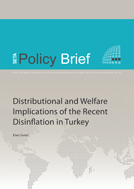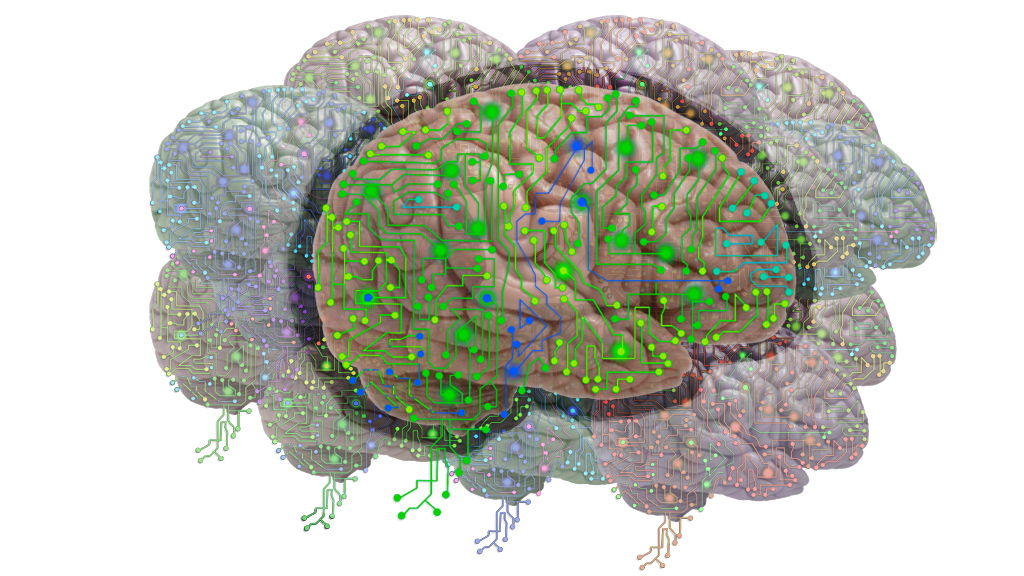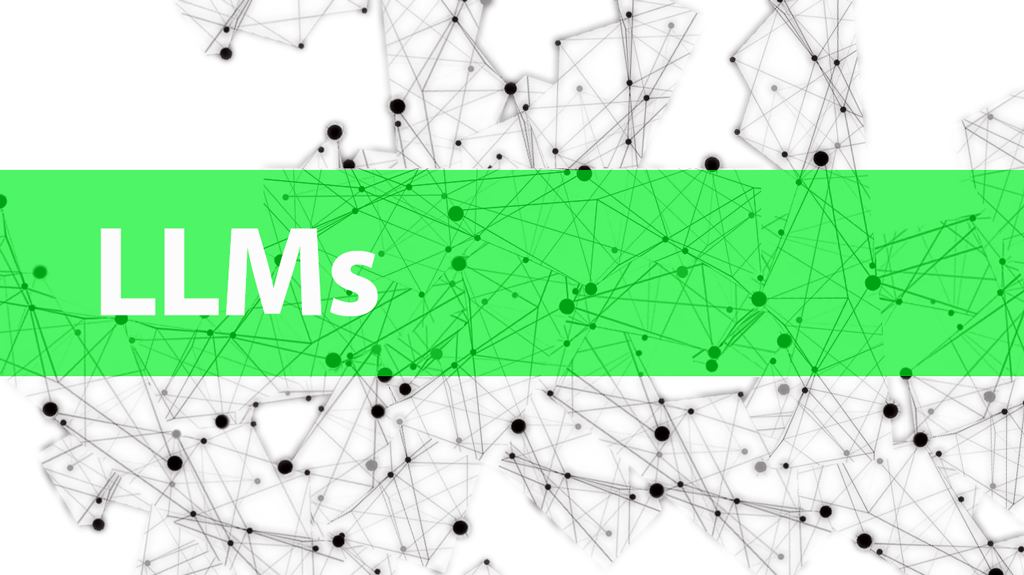The systematic torture and massacres in Syria are now proven by photographs. These images have made the agenda on whether they would affect the decisions to be reached at the Geneva II Conference or not. However, in the face of the documents reflecting the systematic torture and tyranny which are evaluated in the scope of crimes against humanity, the real question that needs to be asked independent of the Geneva II agenda is whether or not sanctions, as the requirement of the international law, will be applied against the Bashar al-Assad regime.
About 20 years ago, the Bosniaks became the victims of the international policies that took form according to the interests of the international actors - just as the Syrian people go through today. The inhuman experiences occurring before the very eyes of the world during the Bosnian War failed to motivate the international community for a rapid and decisive intervention. In the aftermath of the Srebrenica massacre, the international intervention in Bosnia in 1995 did not gladden the hearts of the Bosniaks, because the persecutors and the persecuted had to sit around the same table under the same conditions after hundreds of thousands people were killed and millions had no choice but to become refugees –just as at the Geneva II Conference today.
Will the photos pricking one’s conscience today in Syria be enough to motivate the international community for an immediate action and find a political solution or will they be used as evidence during the prosecution of the war criminals? In order to find an answer to this question and project the fate of the killings in Syria, reading the past mistakes of the United Nations (UN) and the international community, and remembering the Bosnian experience may provide critical leads.
